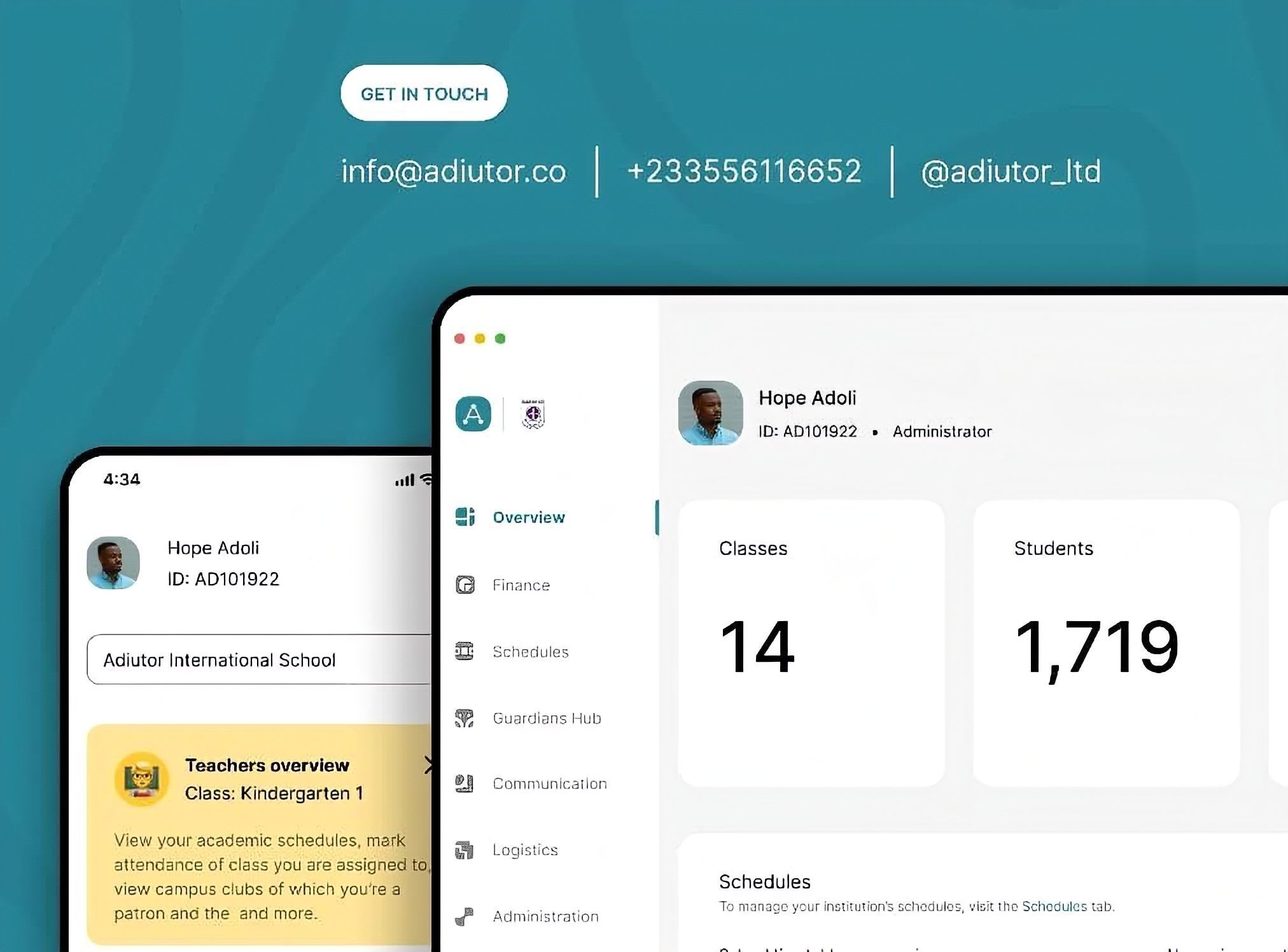Teaching for Transformative Experiences
Kevin Pugh’s Transformative Experience Theory (TET) focuses on this aspect of learning, emphasising that transformative learning occurs when students don’t just learn a concept because they need it to pass their exams, but are able to change how they view the world through it.

When was the last time something you learnt genuinely changed how you saw the world? Something that actually shifted your perception of everyday life? Kevin Pugh’s Transformative Experience Theory (TET) focuses on this aspect of learning, emphasising that transformative learning occurs when students don’t just learn a concept because they need it to pass their exams, but are able to change how they view the world through it.
Pugh describes this as a shift toward experiential appreciation where students begin to find new meaning and fascination in ordinary experiences because of what they’ve learned. Instead of asking, “Will I ever use this?” students start thinking, “Wow, I see this everywhere!”.
Concepts in Transformative Experience Theory
Transformative Experience Theory employs three interconnected constructs (motivated use, expanded perception, and experiential value) to explain how a learner’s relationship with knowledge develops from abstract understanding to personally meaningful engagement.
Motivated Use
Motivated use refers to the voluntary application of a learned concept in contexts outside formal instruction. This behaviour arises from an internalised interest in the concept itself. A student studying Newton’s laws begins to observe how these laws explain the acceleration of vehicles or the motion of a football.
From a psychological standpoint, motivated use aligns with autonomous motivation as described previously in Self-Determination Theory. It reflects a learner’s shift from extrinsic engagement (“I have to learn this”) to intrinsic engagement (“I want to use this because it’s meaningful to me”). In this sense, motivated use is both a product and an indicator of authentic learning.
Expanded Perception (Scaffolding re-seeing)
Expanded perception involves a qualitative change in how learners interpret their surroundings. Students undergoing transformative learning begin to see the world through the lens of the concept they’ve learned. This perceptual shift signifies a reorganisation of mental frameworks where learners start to filter and structure their sensory experiences according to new conceptual understandings.
This process can be viewed as a form of conceptual reframing, where cognitive schemas (the mental structures that shape how individuals interpret information) are reorganised.
Experiential Value
Experiential value captures the affective response learners experience when they find personal meaning or fascination in applying the new knowledge they have gained to life. It includes the enjoyment or satisfaction that comes from seeing the world through a new conceptual lens.
A student conducting a chemistry experiment experiences aesthetic and emotional engagement when noticing how colours change when chemicals are mixed together, and how chemicals react violently to some and not to others. These sorts of experiences become dynamic, observable event that embodies and trigger a new level of appreciation for the principles they’ve studied in class.
Motivated use often leads to expanded perception, as applying a concept repeatedly makes it a natural part of one’s interpretive lens. Expanded perception, in turn, strengthens experiential value by allowing the learner to notice beauty, coherence, or meaning in what was once ordinary. The sense of value then sustains motivated use, forming a cyclical process that deepens over time.
Creating Transformative Experiences in the Classroom
Encouraging Motivated Use through Choice and Curiosity
Promoting motivated use begins with designing opportunities for self-directed application. This can involve open-ended projects, inquiry-based learning, or reflective assignments that ask students to find personal connections. Encouraging curiosity-driven use cultivates intrinsic motivation, allowing students to perceive knowledge through personal experiences.
Expanding Perception through Perspective-Shifting Activities
Educators are encouraged to design learning experiences that trigger students to look at familiar phenomena through new conceptual lenses. Activities that involve experimentation, observation or fieldwork can be particularly effective.
A simple technique known as “conceptual noticing” (prompting learners to identify instances of a concept in their surroundings) is also a great tool to help deepen the learner's perception. As students begin to identify and recognise patterns that were previously unnoticed, they experience the cognitive restructuring which is central to transformation. This also allows educators to clear up misunderstandings and confusion as students reconstruct their new perception of the world.
Building Experiential Value through Reflection and Emotion
Experiential value grows when learning evokes a sense of fascination, appreciation, or emotional engagement. Educators can cultivate this by encouraging students to express what they find surprising or meaningful in what they have learnt.
The goal is not to make every lesson emotional but to design learning so that students recognise the human, aesthetic, or practical significance of these ideas. Effective educators create conditions for students to re-engage with the world using new perspectives. This requires attentiveness to timing, scaffolding, and the creation of moments that bridge theory and lived experience.

Adiutor
Adiutor means "helper" - we do just that, by taking a load of your school administration and helping you focus on what matters most: the kids.
References
Pugh, K. J. (2002). Teaching for transformative experiences in science: An investigation of the effectiveness of two instructional elements. Teachers College Record, 104(6), 1101–1137. https://doi.org/10.1111/1467-9620.00198
Pugh, K. J. (2011). Transformative experience: An integrative construct in the spirit of Deweyan pragmatism. Educational Psychologist, 46(2), 107–121. https://doi.org/10.1080/00461520.2011.558817
Deci, E. L., & Ryan, R. M. (2000). The “what” and “why” of goal pursuits: Human needs and the self-determination of behavior. Psychological Inquiry, 11(4), 227–268. https://doi.org/10.1207/S15327965PLI1104_01
Dewey, J. (1934). Art as experience. New York, NY: Minton, Balch & Company.
Immordino-Yang, M. H., & Damasio, A. (2007). We feel, therefore we learn: The relevance of affective and social neuroscience to education. Mind, Brain, and Education, 1(1), 3–10. https://doi.org/10.1111/j.1751-228X.2007.00004.x
Pugh, K. J., Linnenbrink-Garcia, L., Koskey, K. L. K., Stewart, V. C., & Manzey, C. (2010). Motivation, learning, and transformative experience: A study of deep engagement in science. Science Education, 94(1), 1–28. https://doi.org/10.1002/sce.20344
Pugh, K. J., & Girod, M. (2007). Science, art, and experience: Constructing a science pedagogy from Dewey’s aesthetics. Journal of Science Teacher Education, 18(1), 9–27. https://doi.org/10.1007/s10972-006-9029-0
